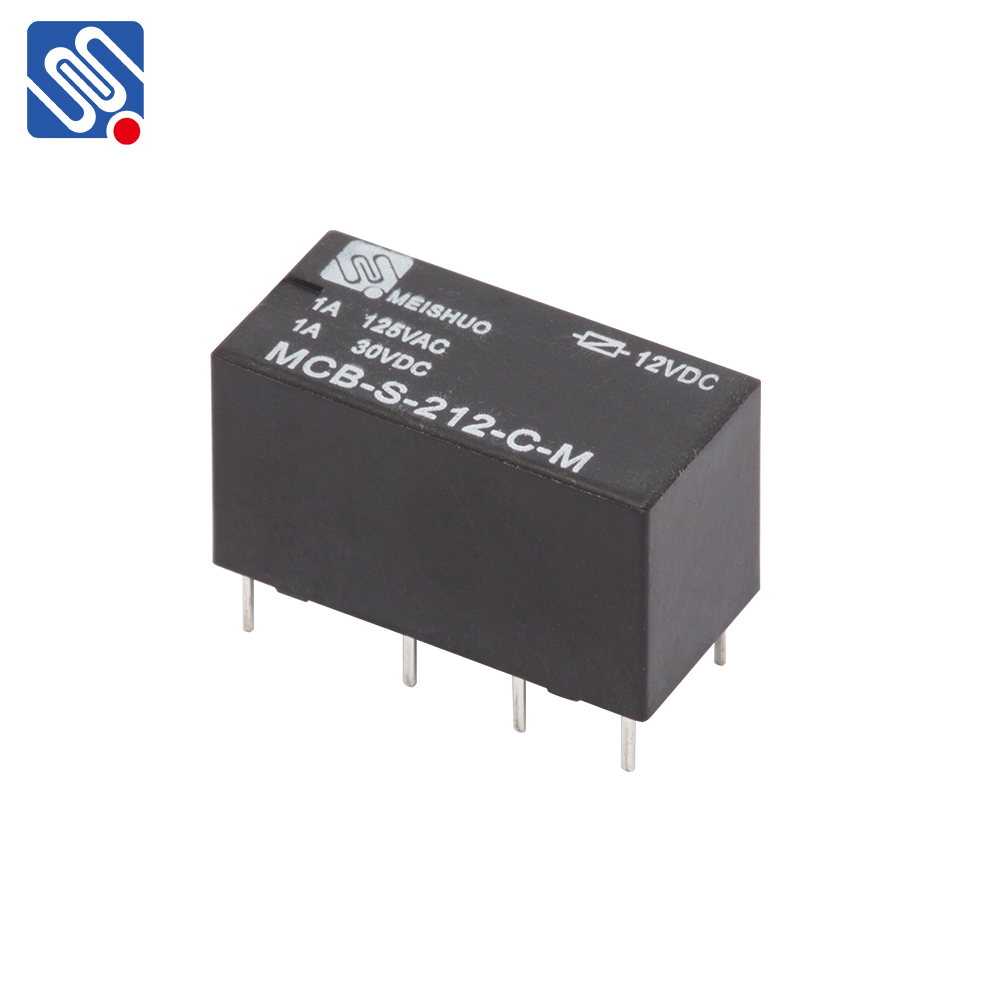Relay signals play a pivotal role in the functioning of various electrical and electronic systems. From industrial automation to communication networks, relay signals help in controlling the flow of electricity and ensuring the smooth operation of systems. This article delves into the concept of relay signals, their applications, and why they are integral to modern electrical setups.

What Are Relay Signals? Relay signals refer to the electrical signals that are controlled and switched by a relay. A relay is an electromechanical device that opens or closes its contacts to control the operation of electrical circuits. When a small input signal (usually voltage or current) is applied to the relay coil, it creates a magnetic field that pulls a set of contacts together or pushes them apart, depending on the relay type. This simple action enables the relay to control high-voltage or high-current circuits with a much lower input signal. There are two main types of relays: mechanical and solid-state. Mechanical relays rely on physical moving contacts to open and close the circuit, whereas solid-state relays use semiconductor components to perform the switching operation without moving parts. The relay signal is typically the electrical pulse that activates or deactivates the relay, resulting in a change in the state of the circuit.